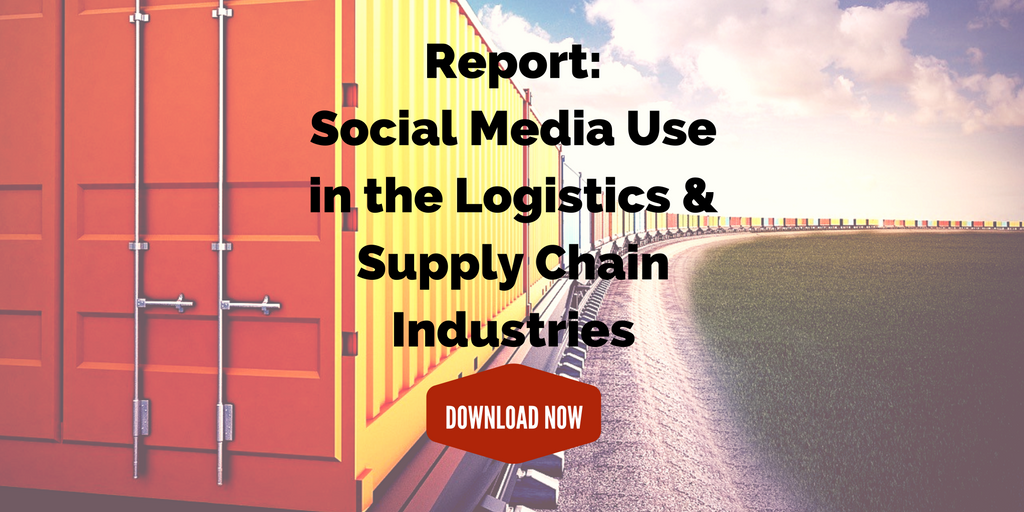
5 Tips to Improve Your Visual Content
As the purchasing landscape increasingly skews younger, you need to think about how to improve your visual content to satisfy buyers’ preferences.
Highlights:
- Audiences increasingly prefer visual content.
- Optimize visual content for search engines by including text.
- Use graphics to make data pop.
Digital natives, who make up the majority of today’s B2B purchasing landscape, are highly steeped in online content. And, it may come as no surprise, they overwhelmingly prefer visual presentation, whether in video, infographic, animation, or gif format. What does this mean? Supply chain marketers need to adapt or be left behind.
While this doesn’t mean that text-based marketing is a thing of the past, it does mean that all your branded content — from blog posts to infographics to case studies to video — needs to be design-minded and visually appealing. These five suggestions will help improve your visual content game.
5 ways to improve your visual content
1) Optimize for search engines.
The biggest downside to visual content such as videos and infographics is that they aren’t searchable in the way that text-based content is. But this doesn’t mean that you need to lose out on the SEO benefits when publishing this type of content.
First off, it pays to post a text transcript with video or accompanying explanatory text with infographics and images. It’s also important for you to categorize and organize your visual content, which means labeling visual assets like logos and images with relevant keywords. When publishing them, be sure to tag images with keywords.
2) Make data interesting.
Common sense tells us that reading a bunch of numbers is far less compelling than seeing numerical data presented graphically. B2B marketers are in a prime position to make use of attractive data presentation, such as charts, graphs, animated images, or other formats to display your numerical data.
3) Create reusable graphics.
If you’re investing in visual content creation, it pays to consider how it can be reused. For example, when creating an infographic, consider how you can break it up into multiple graphics, each containing a set of statistics or other information. This way, you can add these smaller graphics to other pieces of text content, boosting engagement and adding visual appeal.
Additionally, keep in mind that visual snippets are ideal for posting on social media, as teasers, or even self-contained Instagram or Facebook Stories.
4) Keep your branding consistent.
A key point with visual content creation is consistent branding. Your brand’s visual presentation includes fonts, colors, font sizes, image styles, and anything else that is a visual indicator of your identity.
The first step to consistent branding is to document visual guidelines clearly and to distribute them to all content creators, along with samples for their use. Each time you publish visual content, make checking against the guidelines part of your editorial process.
5) Use visual content to tell a story.
Good content marketing is all about presenting information in a story format. Great content marketing also packs emotional resonance. When creating visual content, start with the idea of telling a story. Ideally, you’re presenting data in a way that communicates a feeling and elicits an emotional response from the viewer. If your data is impactful, your viewers will forge an emotional connection with your brand.
How are you trying to improve your visual content?
Related posts:

